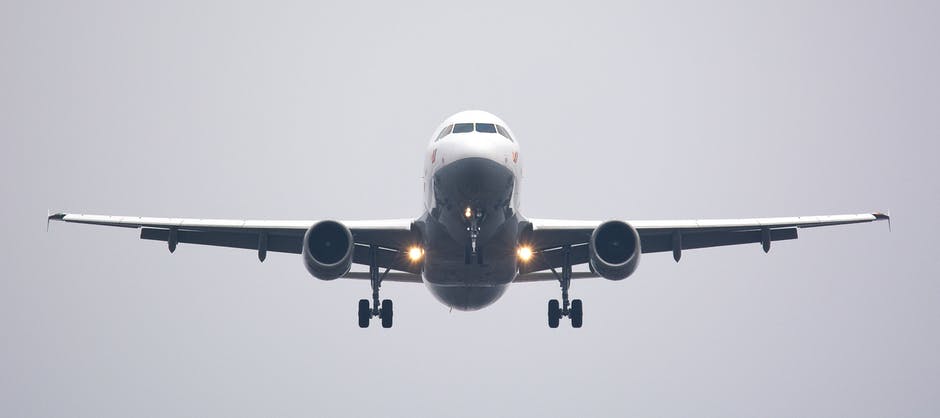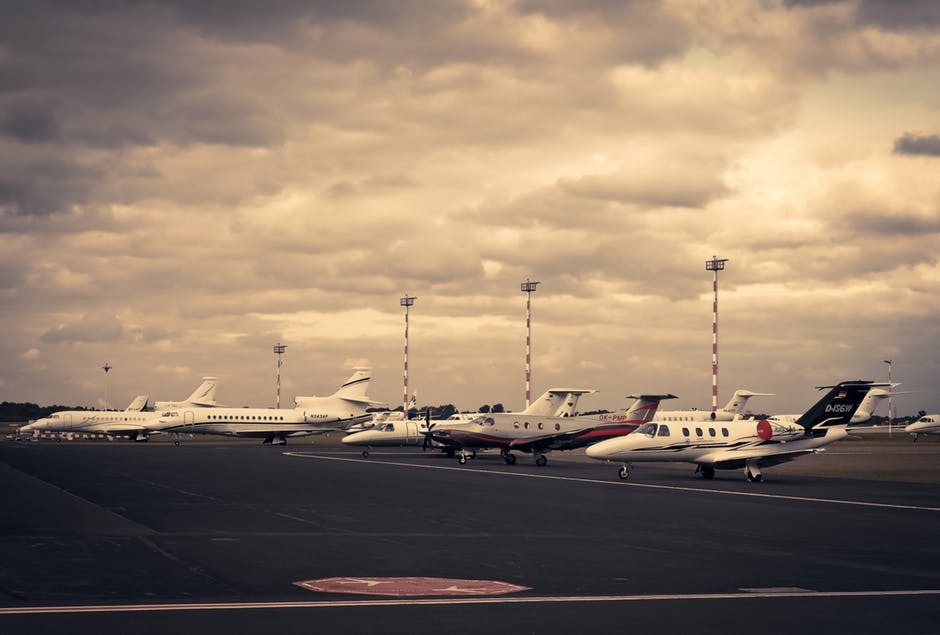A winning aircraft maintenance strategy requires a fundamental understanding of current market trends and efficiently managing both external and internal maintenance operations
Aircraft maintenance planning plays a vital role in achieving optimized operational requirements from an airline. An effective maintenance program provides the right maintenance requirements on the right assets at the right time. Delivering a proper balance of maintenance activities allows for timely corrective measures.
Keeping overheads low by reducing unnecessary operational and support costs is integral to a winning aircraft maintenance strategy. As such, the challenge of independent aircraft maintenance, repair, and overhaul (MRO) service provider is to identify the correct combinations of maintenance tasks for various components and complex systems found throughout an aircraft’s lifecycle.
With growing financial uncertainty, all aircraft maintenance service providers are under tremendous pressure to deliver competitive advantages to their customers. Here are five factors to keep in mind when determining the right strategy for your aircraft fleet.
1. Maintenance costs and operations

An aircraft operator must evaluate both internal and external costs of aircraft maintenance. Not only are these audits necessary to verify the effectiveness of processes measures, but also to determine the viability of maintenance costs and operations.
As a key aspect of any business, the purpose of an extensive audit is to minimize the combined costs of operational requirements and maintenance support. A thorough audit of current maintenance activities identifies aspects with strong potential for cost reduction. Utilizing query-based methodology ensures effective classification of all components and critical paths.
Airlines must factor in the total cost of maintenance when determining operational requirements, rather than just contractual price. This will provide critical insight on maintenance challenges and requirements across their operational fleet, from legacy aircraft to newer models.
2. Economies of scale
As an aircraft operator grows, economies of scale must be brought into consideration. Aircraft maintenance strategies are labor and capital extensive, particularly engine and component support. The growth progression of an airline or aircraft operator determines scale.

In-house capabilities, particularly in regards to maintenance strategies should only be performed by airline operators above a fleet with over fifty aircraft or more than 150 aircraft engines. Any airline fleet beyond this threshold cannot justify the heavy in-house maintenance costs.
Rather, fleets below this threshold should outsource their maintenance strategies to an MRO service provider. Using the expertise and experience of an independent MRO can reduce total maintenance costs significantly while achieving economies of scale.
MRO service providers offer suitable maintenance strategies capable of performing preventative maintenance tasks at the lowest possible costs.
3. Leased aircraft maintenance
The growing uncertainty in geopolitical and economic climates creates pressure on airlines to reduce overall operational costs. The recent economic challenges mean airlines seek total solutions with other value-added benefits. This often translates into procurement solutions according to global fleet size, aircraft utility, and variable air traffic volumes.
As such, any airline that leases aircraft must utilize MRO services to ensure the airworthiness of their fleet to safely transport people and cargo. This makes an MRO an essential requirement for any comprehensive aircraft maintenance strategy.
The importance of the commercial aircraft MRO market provides accommodating maintenance solutions to a diverse spectrum of changing requirements. Their functionality as the ‘mediator’ during the end of the lease agreement between a lessee & lessor ensures all diverging interests are met.
4. Impact of oil on aircraft lifecycle
Despite the current economic challenges, the aviation industry has seen growth and signs of recovery. Particularly throughout regions in the Middle East and Asia-Pacific. This considerable growing demand is forecasted to grow over the next decade, creating a demand for the increased airworthiness of existing fleets and legacy aircraft.

The typical airline operations cost distribution sees fuel and labor as the most cost-intensive aspect of any fleet. But with the current low fuel price environment, airlines are capable of operating older generation aircraft at a significant economic benefit. Particularly given their lower operating costs compared to new aircraft.
In fact, the leading independent gulf aircraft maintenance company in the Middle East has begun moving legacy aircraft back into commercial production, extending the life of out-of-production aircraft. Their ability to extend the airworthiness of legendary aircrafts such as the B747-400, through a unique procedure of repair and maintenance, provides long-term sustainable strategies for airlines looking to reduce overall operational costs.
A winning aircraft maintenance strategy requires a fundamental understanding of current market trends (particularly within the oil industry) and efficiently managing both external and internal maintenance operations. Continuing airworthiness management responsibilities require a strategic planning methodology to reduce operational costs and this, in turn, achieves sustainable competitive advantage.
Any aircraft strategy attempting to implement best practices in operations will require collaborative partnerships within the aviation aftermarket. Being able to outsource specific, or all maintenance operational requirements not only streamlines maintenance and business processes but also eliminates expensive administrative costs.

AUTHOR BIO
Viktoria Grokhovskaya is an independent aviation expert currently working within the aircraft maintenance, repair, and overhaul (MRO) industry in the UAE. She received her bachelor’s degree in Management and a Specialist Diploma in Economics and Management at the Enterprise from Astrakhan State Technical University.

